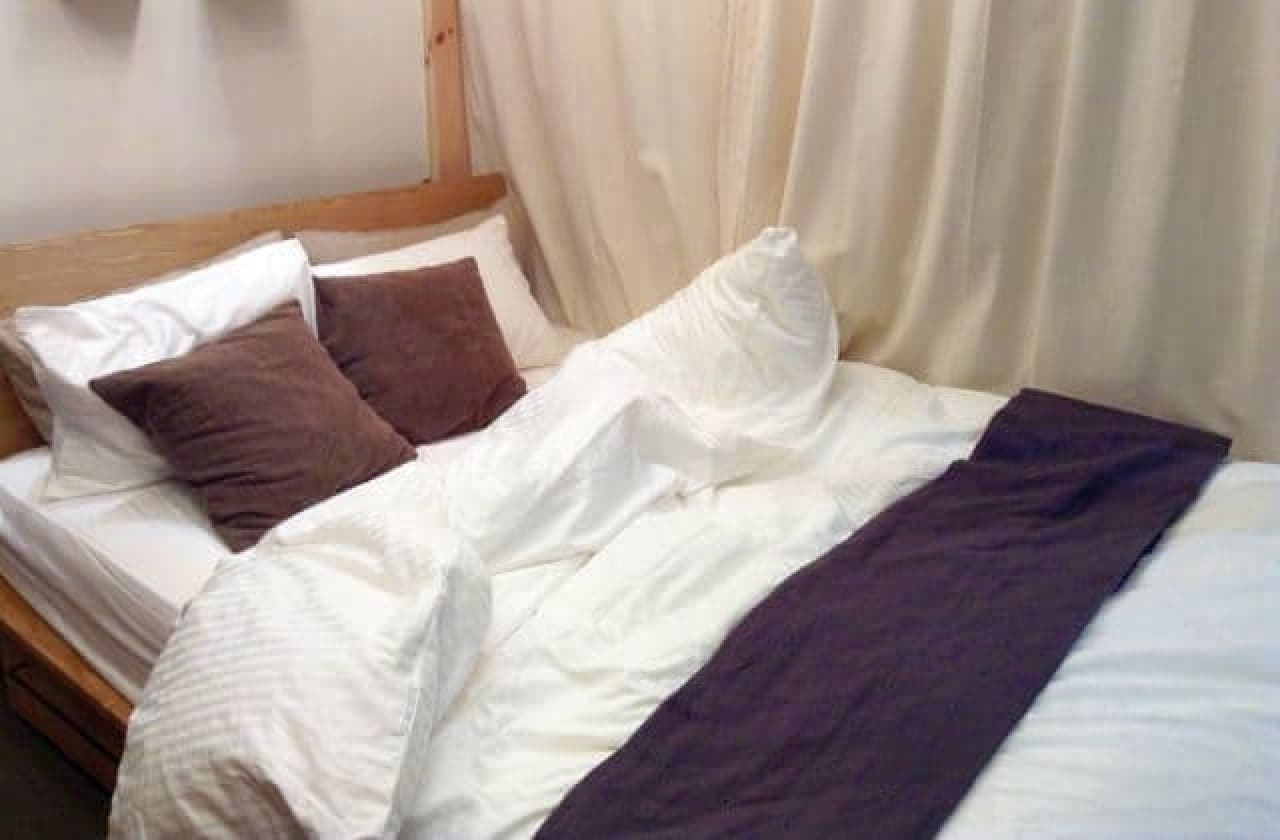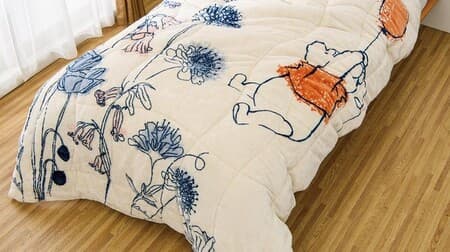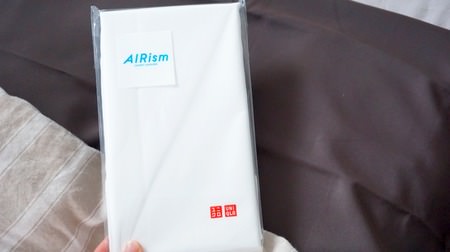
Today September 3rd is "Sleep Day". It has suddenly become cool recently, so I think many people have rushed out the blankets.
It's a bedding that I use every day, but it's surprisingly easy to take care of it in my own way. Therefore, this time, we will introduce the hygienic bedding care method recommended by Ms. Momona Sugihara, a sleep master certified by the Tokyo Nishikawa Institute for Sleep Science.
■ It is NG to leave it dried all day !?
During sleep, a person sweats about a glass of sweat to regulate body temperature. For this reason, bedding tends to retain moisture, so it is important to dry it frequently to let it escape.

When drying in the sun, it is best to spend about 2 hours between 10 am and 2 pm. After 3:00 pm and the day after the rain, there is a lot of humidity in the air, so it is better to avoid it as much as possible. Also, if you hit it when you take it in, the material inside will be damaged, so use a brush to lightly brush off the dust on the surface.
■ How to dry bedding by item
Feather Futon / Synthetic Fiber Futon
Usually, it is dried in a well-ventilated shade, and once or twice a month in the sun. If you dry it in the sun, be sure to put a cover on it to prevent damage and dirt.
Cotton Futon
As it is a delicate material that is sensitive to sunlight, cover it in a well-ventilated shade and dry it.
Bedding
Moisture collects on the back side, so it is strictly forbidden to leave it on. The urethane material leans against the wall and the back side is exposed to the wind. Cotton cotton has poor moisture release properties, so it is essential to dry it in the sun. It seems that it will return to a plump state by drying it in the sun.
Blankets
Wool, silk and acrylic materials need only be exposed to the wind from time to time. The cotton blanket should be dried in the shade frequently, and when it dries, it should be brushed carefully to improve its texture.
Pillow
Dry frequently to remove moisture. Depending on the material of the stuffing, there are some that can be sun-dried, only shade-dried, and those that can be washed in a washing machine, so take proper care according to the handling pictograms.
In addition, wash the coverings that protect your bedding from dirt once a week to keep them clean.
■ What are the effective measures against ticks?
After all, ticks are a concern when cleaning bedding. Mites breed inside bedding, and carcasses and dung can cause allergies. Humidity has a greater effect on breeding conditions than temperature, so sun-drying alone is not enough to prevent mites. If you tap the futon lightly and vacuum the surface, the mites, dead mites, and dung that have emerged on the surface can be removed, and the growth can be suppressed. It is also effective to choose bedding that has been treated with anti-tick and allele buster.
By the way, bedding made of materials that mites do not like are synthetic fiber comforters, down feathers, urethane mattresses, and mattresses.

A care method that is unexpectedly different depending on the material. I regret noticing that I don't know the material of the bedding I'm using in the first place ... Please refer to it when preparing bedding for autumn and winter!















![Mochi] Popular, easy-to-arrange recipes (how to make) and freezing and storing methods Summary Add to cooked rice or use as crispy rice crackers!](https://image.enuchi.jp/upload/articles/13962/24d86f414519eb9aaab693ae346d93d2_related.jpg)

